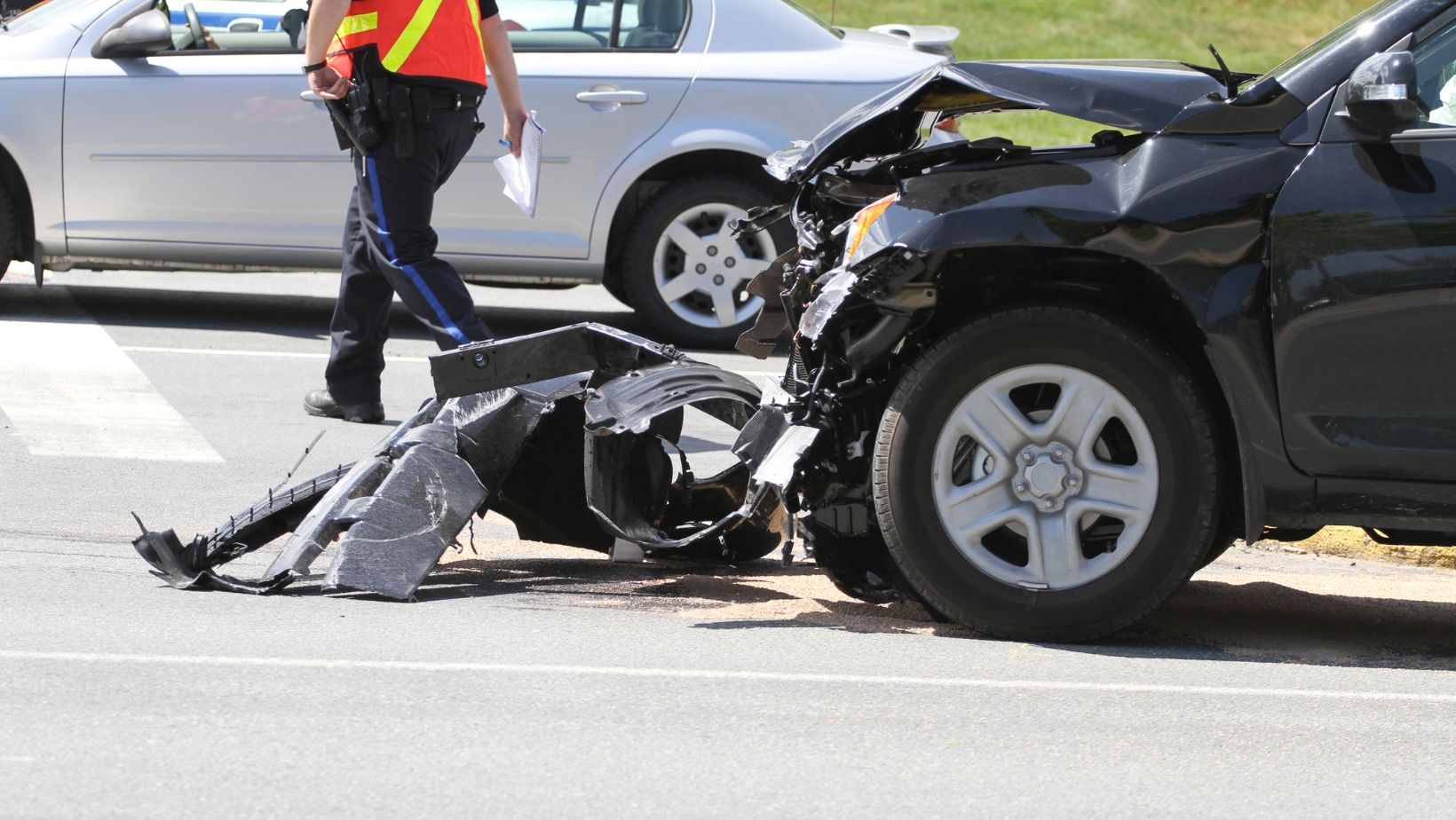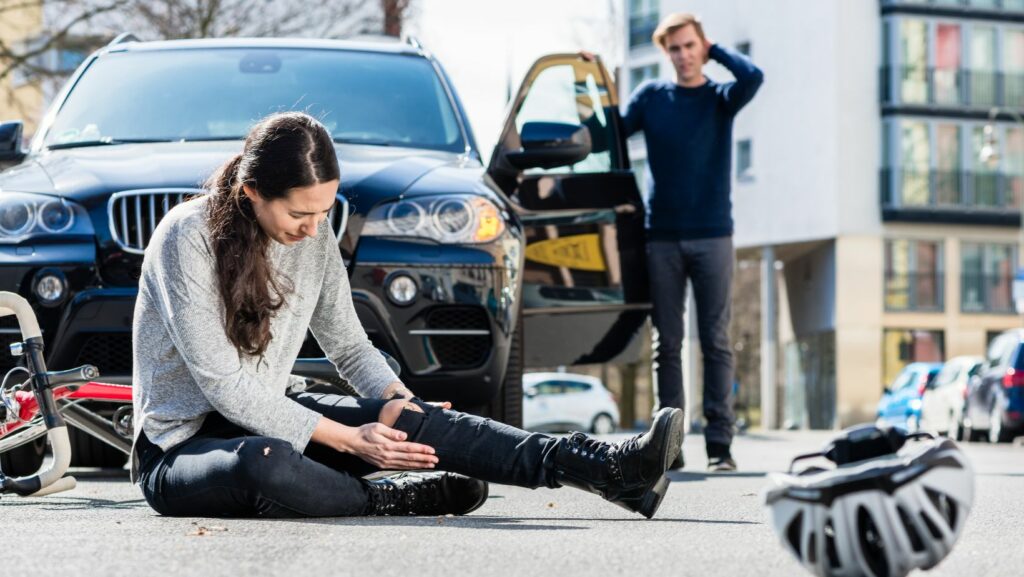If you’re a personal injury attorney in Chicago, you’ve probably realized your caseload involving pedestrians is going up. People are walking more and more to exercise, as a method of transportation, or for simple enjoyment. That fact alone raises their chances of being involved in an accident. Navigating these cases comes with some unique challenges, so being familiar with how to work with them effectively makes all the difference.
Collecting clear evidence for insurance companies requires strategy and precision at each step. The article considers a number of major obstacles in lawsuits connected with road traffic accidents in pedestrian cases and provides useful information to face them effectively.
1. Increase in Pedestrians and Consequently, Road Accident Cases
More Chicagoans are out walking around the city, which is great for health and lowering congestion, but it raises the possibility of pedestrian accidents. The more people there are out walking, the possibility of accidents involving cars, bicycles, and other hazards also rises. This rise in pedestrian activity has directly contributed to an increase in personal injury claims. To the personal injury lawyers, this shift means more cases but with increased complexity. Most pedestrian accident lawsuits usually involve deeper case investigation compared to a standard car accident claim.
In most instances of car-to-car collisions, both drivers may have dashcam footage or an accident report, but in pedestrian cases, much of the testimony could be by witnesses, surveillance footage, and police reports. This evidence is often time-consuming and requires careful coordination with various parties-from law enforcement to local businesses with security cameras.
More pedestrians also mean a greater number of claims of comparative fault. The defendant, normally a driver, may cite that the pedestrian was either distracted, jaywalking, or crossing outside the crosswalk. Attorneys must be prepared to prove such claims wrong with evidence supporting the position of their client. This, again, is where clear documentation and strong witness accounts play a very important role.
2. Establishing Liability: The Core Challenge for Lawyers
One of the biggest barriers to any pedestrian accident case is proving liability. Apart from vehicle-to-vehicle collisions, wherein traffic laws clearly indicate which party had the right-of-way, pedestrian accidents are little gray. The right-of-way always is supposed to go to pedestrians most of the time. However, this is not the case for each and every single one of them. More often than not, it is a gray area that causes disputes on who was at fault for the accident. For instance, it may be so that the motorist pleads that the pedestrian suddenly jumped onto the road and did not have enough time to stop. The lawyer of the pedestrian may have pleaded that the driver was either overspeeding or distracted. Apart from that, another very tricky issue for lawyers to tackle is comparative negligence. At this point, Illinois enforced a “modified comparative negligence” rule whereby a pedestrian’s compensation will be deducted if he is partly to blame; if his percentage of blame exceeds 50%, he might not receive any compensation at all. Therefore, attorneys need to do an efficient job of proving that the dominant cause of an accident involves a driver’s negligence. Also, the onus of proof lies in the fact that the burden of negligence must be proved against the plaintiff’s client: the driver. You need to mention here how the driver owed a duty of care, where he breached the duty, and which actually caused the injury to the pedestrian.
3. Battling with Insurance Companies: A War of Wits
If you have worked with insurance companies, then you know that they are not on your client’s side. The bottom line is to try and reduce what they pay, and they will do everything in the book to try and achieve just that.

In pedestrian accident lawsuits, the usual arguments would be: either the pedestrian is at fault, the injury is not as serious as one may claim, or their doctor bills are too high.
These various maneuvers naturally call for countering with equal vigor by personal injury attorneys through hardball negotiation. That would require having solid documentation on medical expenses, lost wages, and pain and suffering. Records of your client’s documented medical needs can be represented through your doctors and medical experts regarding the overall damage sustained by your client. Another common challenge is dealing with lowball settlement offers. This might involve an insurance company making a low offer that is well below the value of the case, in the hope that the client-and often the attorney-will take it instead of going through the grueling process. Rejection of such a low offer should be done with much confidence and preparation by clearly explaining where the value of the case comes from and justifying the reasons using evidence for a higher settlement.
4. The Role of Evidence in Strengthening Your Case
Evidence is crucial in winning a pedestrian accident case. Without evidence, claims are reduced to “he said, she said,” which seldom goes well for the plaintiff. Attorneys should immediately begin gathering evidence in order to build a strong case because a delay in collection may result in essential evidence being lost or destroyed. Such recordings can also be done through nearby businesses or traffic cameras, and they often prove irreplaceable. The problem with such footage is that it is not retained ad infinitum since most businesses will only retain such footage for about 30 days. As such, this forms one of the first orders of business as a pedestrian accident lawyer to have such footage requested and then secured.
5. Handling the Legal Process Involved in a Personal Injury Claim
Pedestrian accident cases follow a complex legal process for personal injury cases, requiring attorneys to be meticulous at every stage. From the filling of the claim to where the case would head to court, there are so many mistakes that may easily occur along the way. A personal injury attorney is bound to assist his client through each and every one of these steps. Ensuring they do not miss any deadlines and also don’t fail to complete some kinds of paperwork, which usually leads to expensive mistakes.

The first few steps primarily include complaint filing, which highlights the claims against the other party. Then, the sides start the discovery process; this includes exchanging evidence, deposing witnesses, and sharing documents. The attorneys then have to prepare for all depositions and cross-examinations, as such are vital in building a well-structured case.
Final Thoughts
Pedestrian accident cases present unique challenges that require personal injury attorneys in Chicago to stay sharp, strategic, and persistent. From proving liability to negotiating with insurance companies, every step is a test of legal skill and determination.
By gathering evidence early, addressing comparative negligence head-on, and navigating the legal process with precision, you’ll be better prepared to secure fair compensation for your clients. As pedestrian traffic in Chicago increases, so do the complexities of these cases. With the right approach, you can overcome the challenges and ensure your clients’ rights are protected. By staying proactive, patient, and detail-oriented, you’ll be better positioned to tackle any hurdles that come your way in pedestrian accident lawsuits.
